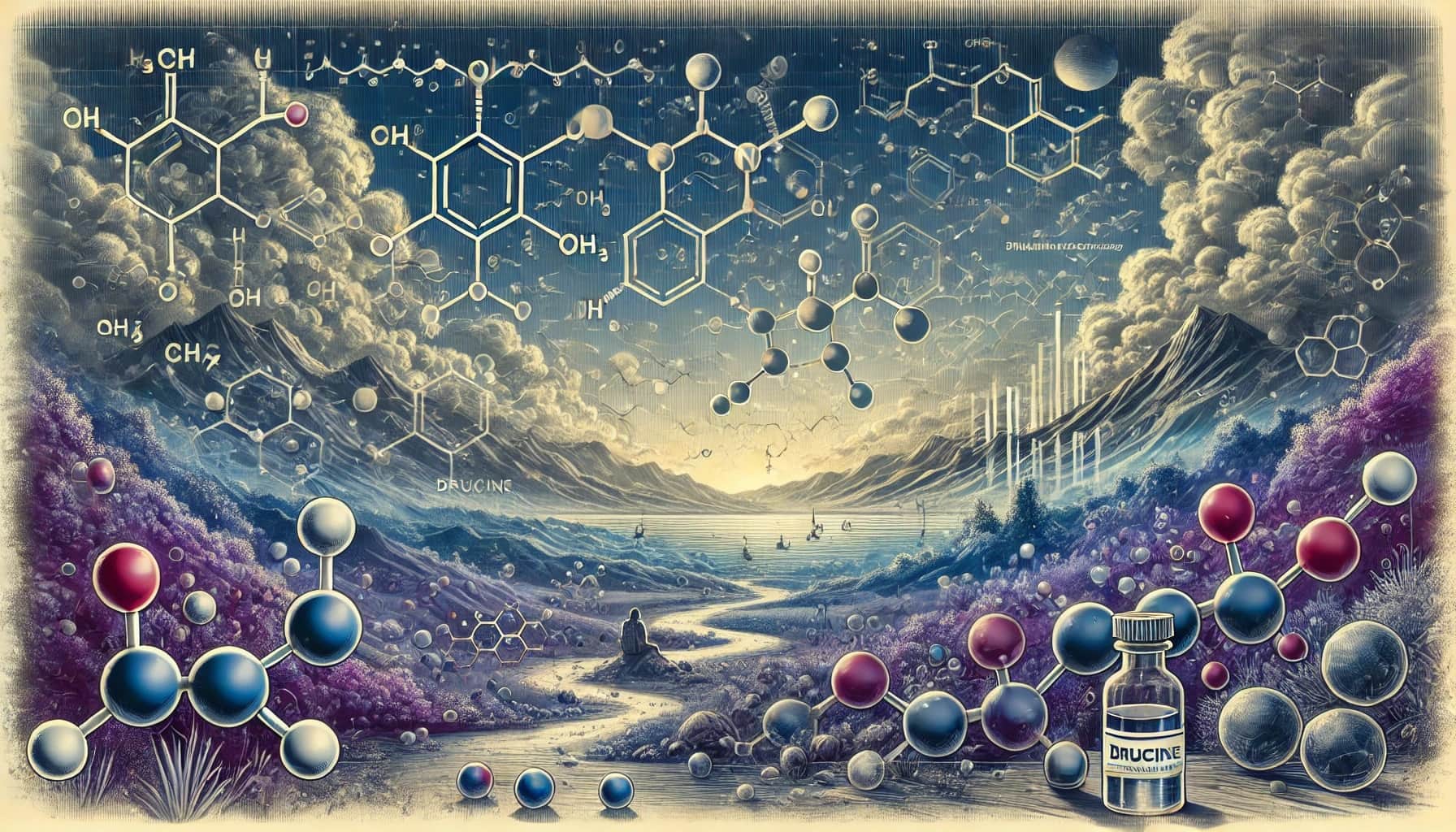
Brucine is a lesser-known but fascinating chemical compound. Derived from the seeds of the Strychnos nux-vomica tree, this alkaloid shares a close relationship with the infamous strychnine. However, brucine has its own unique properties and uses. Did you know that brucine has been used in traditional medicine for centuries? It’s also a key player in modern chemistry, often employed in chiral resolution processes. Despite its toxic nature, brucine has intriguing applications in various fields. Curious about how this compound works or its historical significance? Let’s dive into 25 captivating facts about brucine that will expand your knowledge and perhaps even surprise you!
What is Brucine?
Brucine is a lesser-known alkaloid found in certain plants. It's closely related to strychnine, another well-known compound. Brucine has a variety of uses and interesting properties.
- Brucine is primarily found in the seeds of the Strychnos nux-vomica tree.
- It was first isolated in 1819 by the French chemists Pierre-Joseph Pelletier and Joseph Bienaimé Caventou.
- Brucine is named after the Scottish physician James Bruce, who explored the plant's properties.
- The chemical formula for brucine is C23H26N2O4.
- Brucine is a white crystalline solid at room temperature.
Uses of Brucine
Brucine has several applications, particularly in the field of chemistry and medicine. Its unique properties make it useful in various ways.
- Brucine is used as a denaturant for alcohol, making it undrinkable.
- It serves as a reagent in chemical analysis, especially for detecting aldehydes.
- In small doses, brucine has been used as a muscle relaxant.
- It has applications in the synthesis of certain pharmaceuticals.
- Brucine can be used to differentiate between various types of sugars in laboratory settings.
Toxicity and Safety
While brucine has its uses, it is also highly toxic. Understanding its safety profile is crucial for handling it properly.
- Brucine is less toxic than strychnine but still poses significant health risks.
- Ingestion of brucine can cause symptoms such as convulsions, respiratory failure, and even death.
- The lethal dose of brucine for humans is estimated to be around 1 gram.
- Brucine poisoning requires immediate medical attention and supportive care.
- Handling brucine requires protective equipment to avoid skin contact and inhalation.
Historical Significance
Brucine has played a role in history, particularly in the field of toxicology and pharmacology. Its discovery and study have contributed to our understanding of alkaloids.
- The isolation of brucine helped advance the field of organic chemistry in the 19th century.
- Brucine was used in early studies to understand the effects of alkaloids on the human body.
- It has been referenced in various historical texts on toxicology and medicine.
- The study of brucine contributed to the development of safer handling practices for toxic substances.
- Brucine's relationship to strychnine has made it a subject of interest in forensic science.
Modern Research
Research on brucine continues today, with scientists exploring its potential uses and effects. Modern techniques have allowed for a deeper understanding of this compound.
- Recent studies have investigated brucine's potential as an anti-cancer agent.
- Researchers are exploring brucine's effects on the nervous system and its potential therapeutic applications.
- Advances in analytical chemistry have improved the detection and quantification of brucine in various samples.
- Brucine is being studied for its potential use in biodegradable pesticides.
- Ongoing research aims to develop safer derivatives of brucine for medical use.
Final Thoughts on Brucine
Brucine, a lesser-known alkaloid, packs a punch with its potent properties. Found in the seeds of the Strychnos nux-vomica tree, this compound has a rich history in traditional medicine and modern applications. Despite its toxicity, brucine has been used in small doses for therapeutic purposes, showcasing its dual nature. Its role in scientific research, particularly in studying enzyme interactions, highlights its importance in the medical field. However, caution is paramount due to its poisonous nature. Understanding brucine's properties and applications can help harness its potential while ensuring safety. Whether you're a science enthusiast or just curious, knowing these facts about brucine adds a fascinating layer to your knowledge of natural compounds. Stay informed, stay curious, and always handle such substances with care.
Was this page helpful?
Our commitment to delivering trustworthy and engaging content is at the heart of what we do. Each fact on our site is contributed by real users like you, bringing a wealth of diverse insights and information. To ensure the highest standards of accuracy and reliability, our dedicated editors meticulously review each submission. This process guarantees that the facts we share are not only fascinating but also credible. Trust in our commitment to quality and authenticity as you explore and learn with us.


